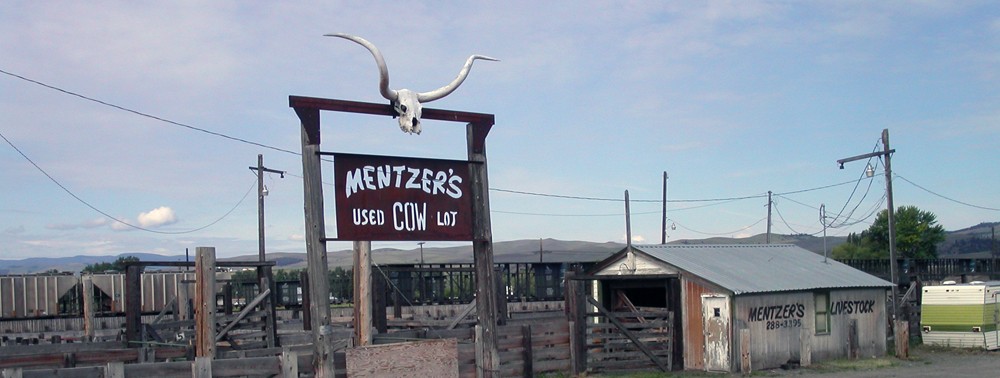Like most other places in North America, historic preservation in Pittsburgh has (at least) two separate and unequal tracks: one for places associated with white history and another for buildings, structures, and sites associated with Black history.
Last week I visited several buildings associated with Black history that are designated under Pittsburgh’s historic preservation law. There are no African-American-themed historic districts in Pittsburgh. A 2006 Young Preservationists Association of Pittsburgh report, “Unprotected Pittsburgh,” identified only three locally-designated properties: The Centre Avenue YMCA, John Wesley A.M.E. Zion Church, and the New Granada Theater.

The Centre Avenue YMCA is a city-designated property. It is being rehabilitated for use as affordable housing. March 2020 photo.
In the 14 years since that report was published, only about three or four additional Black history sites have been added. No one I asked, including preservation advocates and the city’s historic preservation planner, could tell me how many properties significant for their associations with Black history and culture are locally designated in Pittsburgh.
My informal survey of city-designated historic properties identified a pattern. In neighborhoods with individual landmarks and historic districts determined significant for their associations with white history and culture, there are gateway signs, banners, and bronze plaques marking historic spaces and buildings.

Plaque, Mexican War Streets Historic District, Pittsburgh North Side.

Mexican War Streets Historic District, July 2018.

Mexican War Streets Historic District, July 2018.
In Pittsburgh’s neighborhoods long associated with Black history and culture, the markers are different. Instead of bronze plaques affixed to individual landmark properties, I found blue paper condemnation signs.

John Wesley A.M.E. Zion Church (city designated), March 2020.

Condemnation sign, John Wesley A.M.E. Zion Church (city designated), March 2020.

National Negro Opera Company House (city designated), March 2020.

Condemnation sign, National Negro Opera Company House (city designated), March 2020.
Sure, there are are lots of historical markers. But the ones in front of standing buildings are placeholders for what appears to be a foregone conclusion for many of them: demolition and replacement. Erasure.

Streetside historical marker in front of the National Negro Opera Company House (city designated), March 2020. Note the juxtaposition with the blue condemnation sign attached to the house.

Historical marker along Centre Avenue at the site of the demolished Pittsburgh Courier building.

Pittsburgh Courier site (parking lot), Centre Avenue, March 2020.
© 2020 D.S. Rotenstein
Shortlink for this post: https://wp.me/p1bnGQ-3x5
